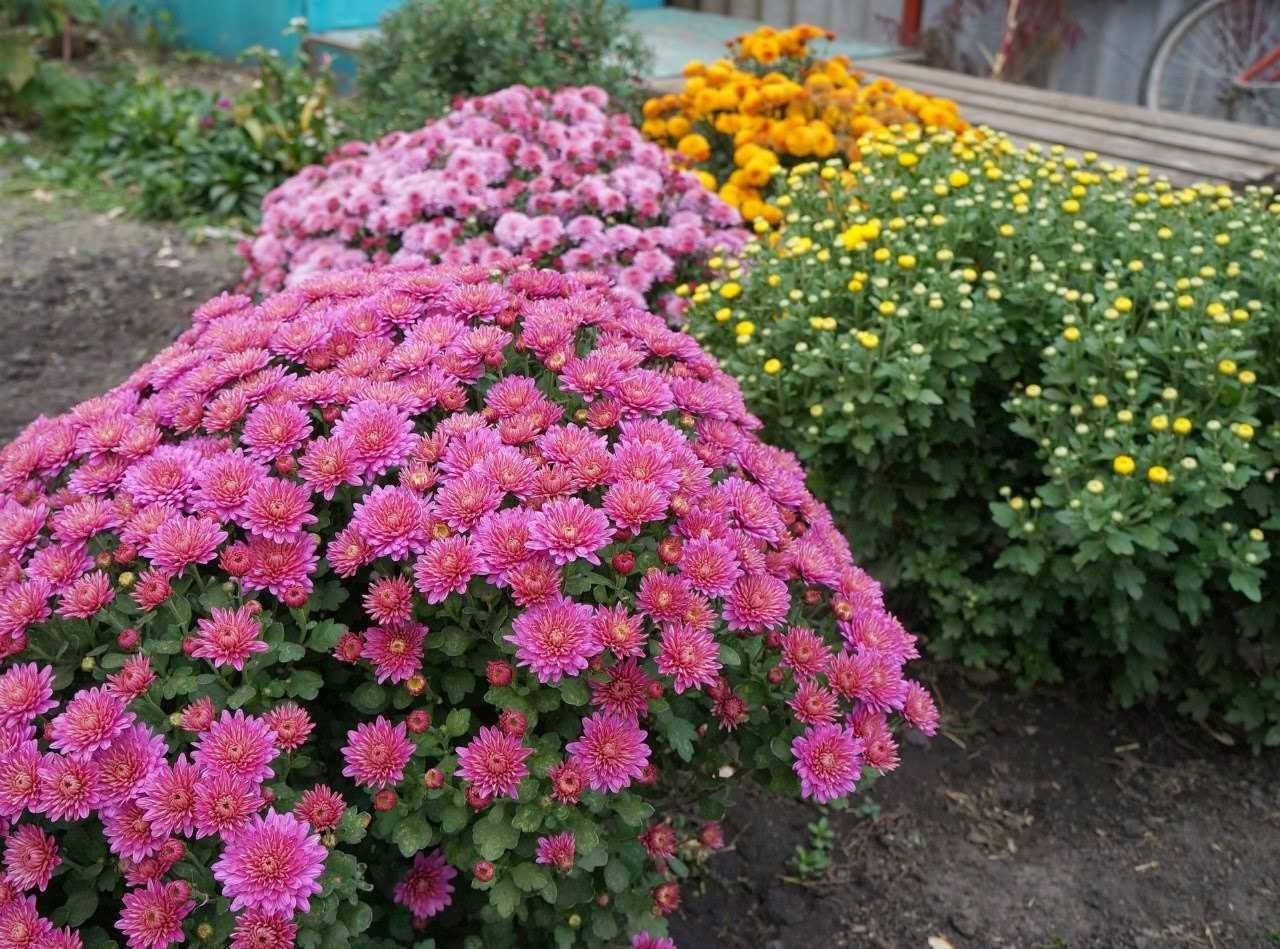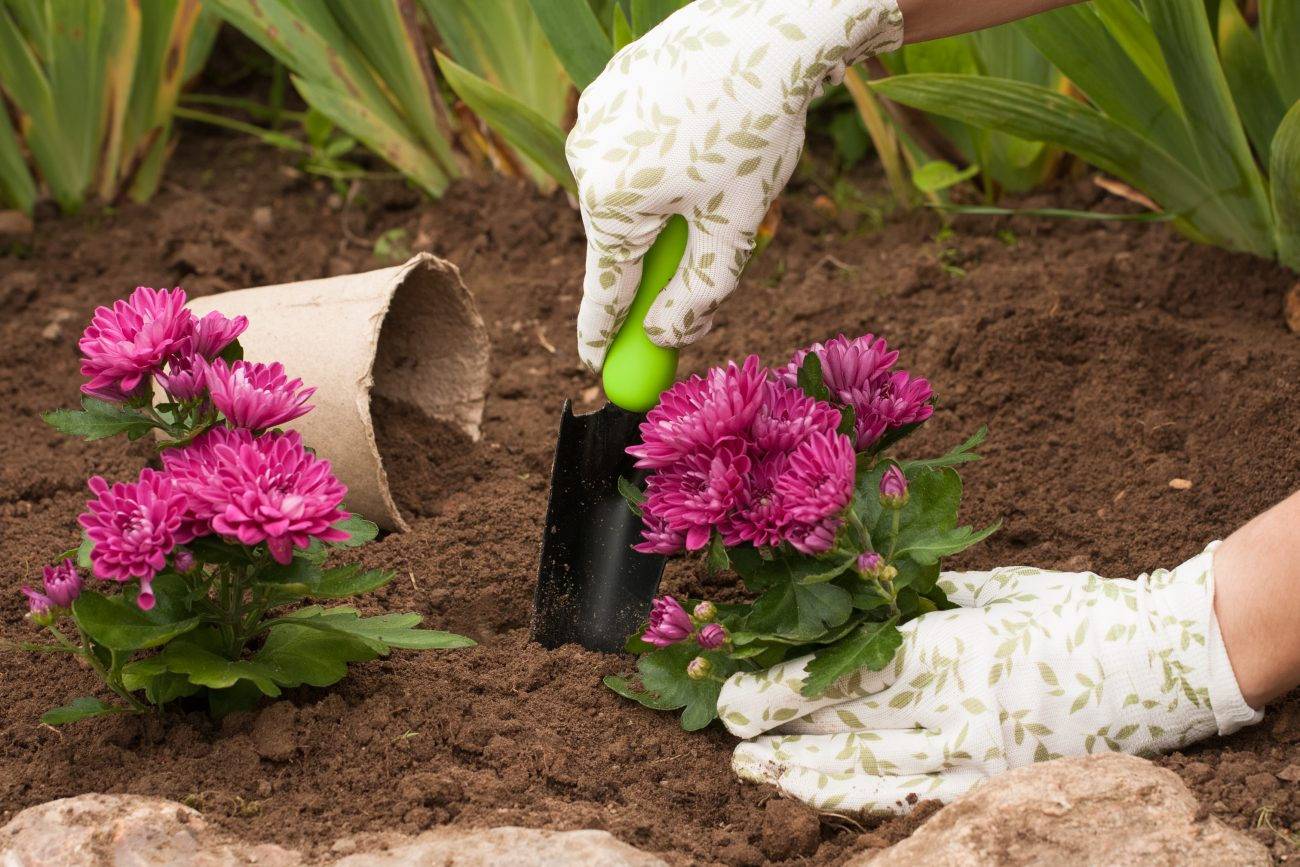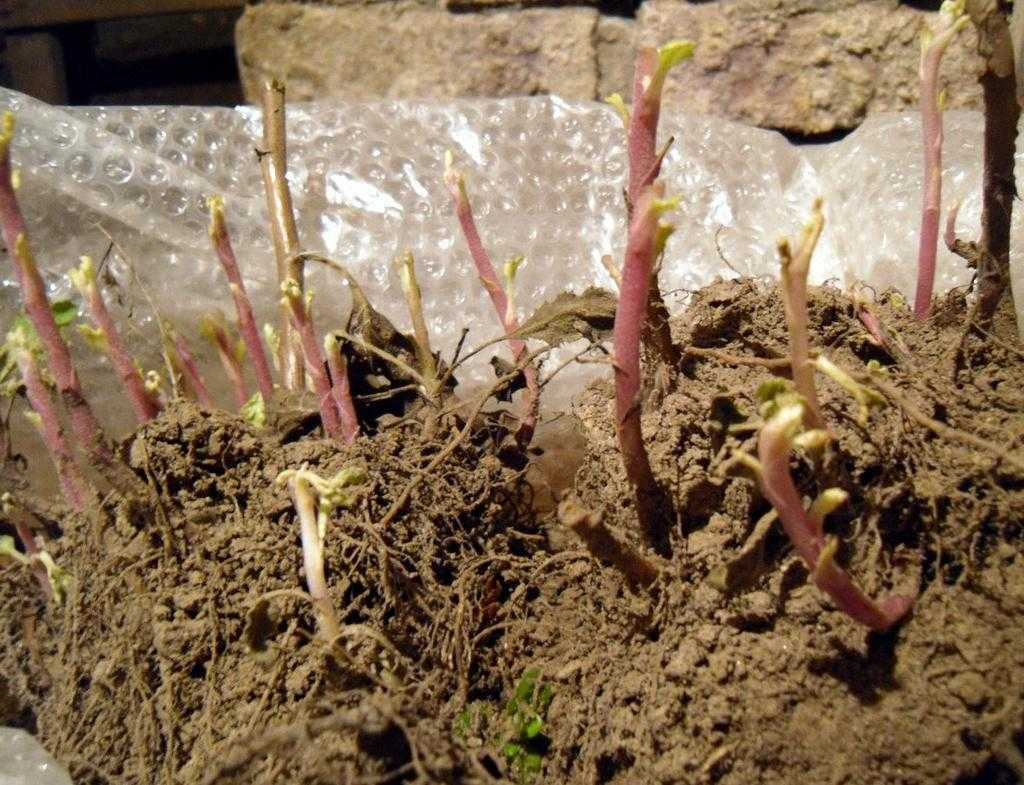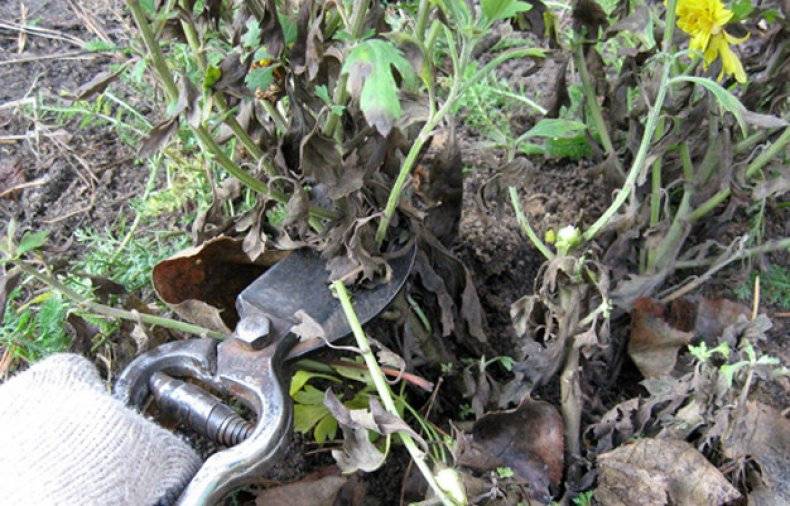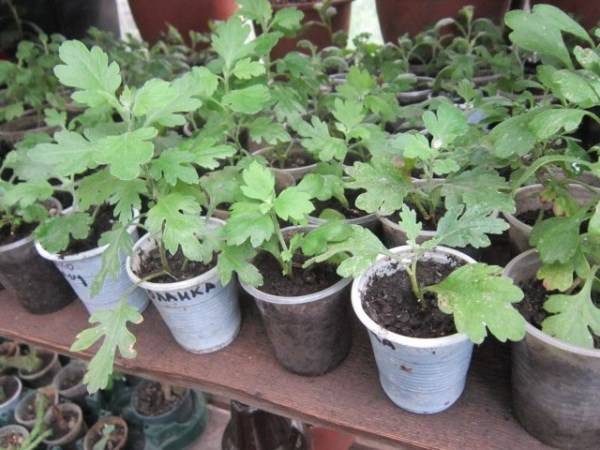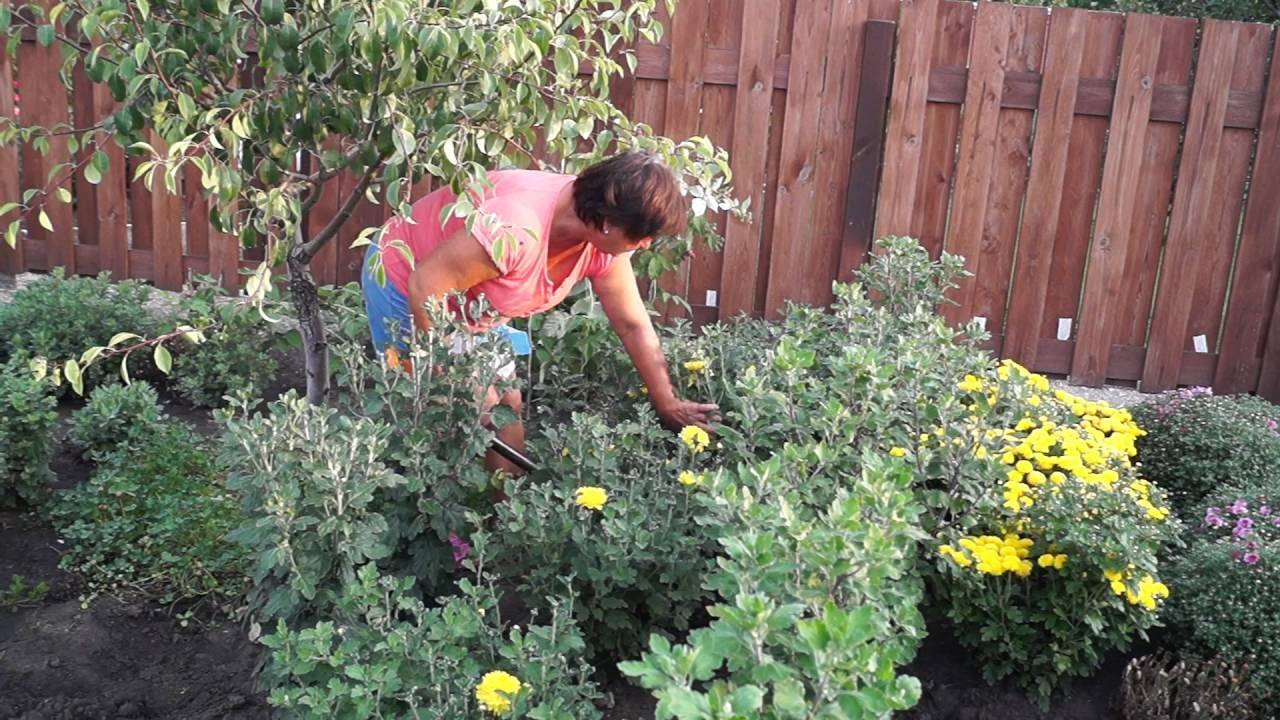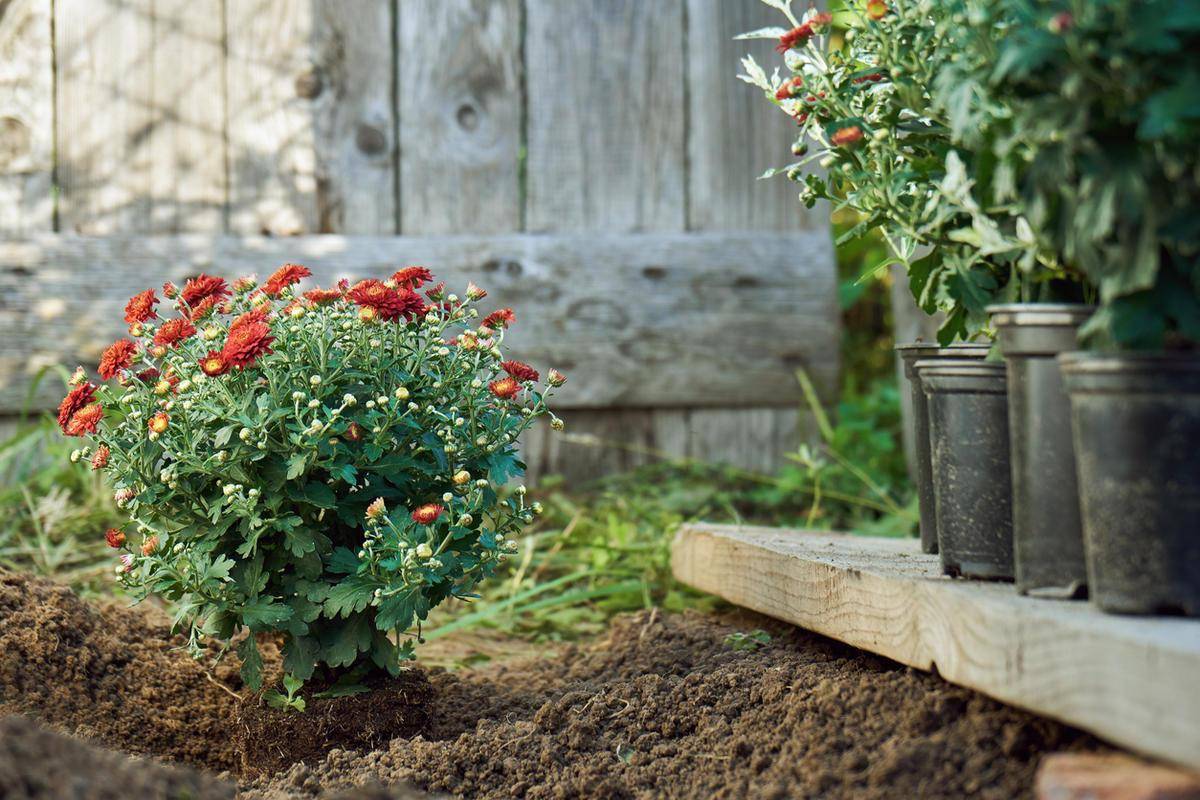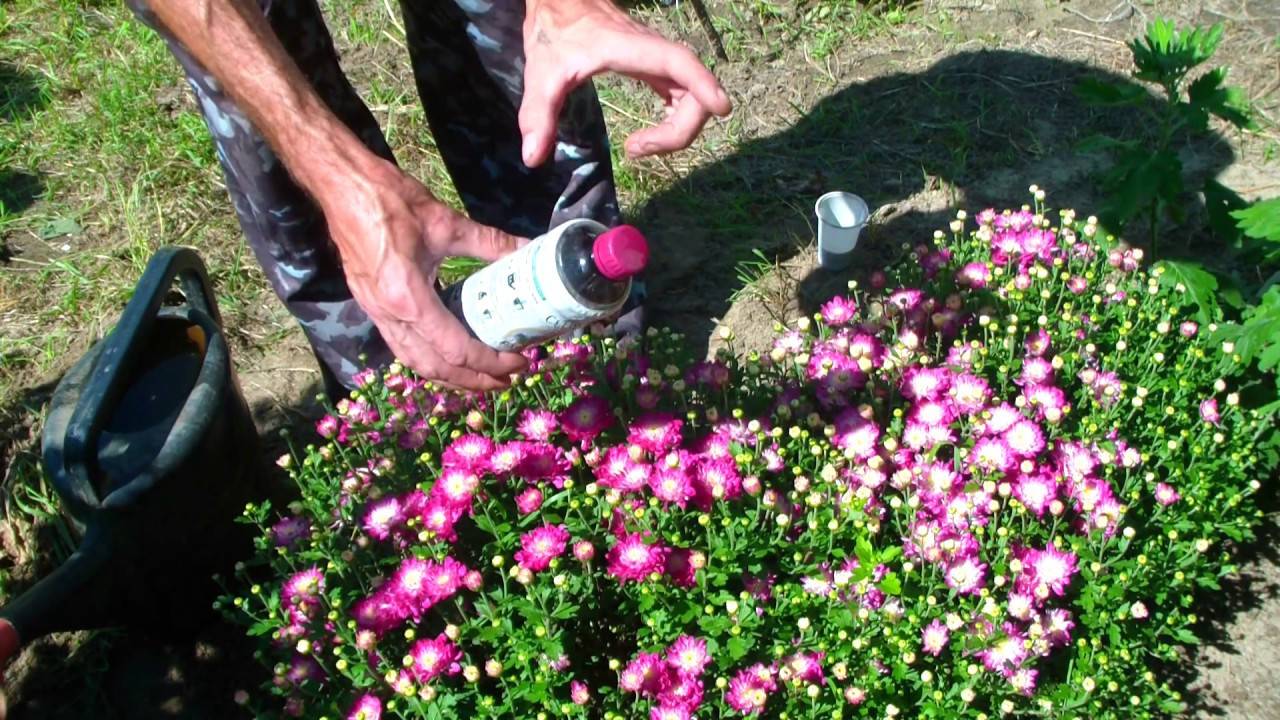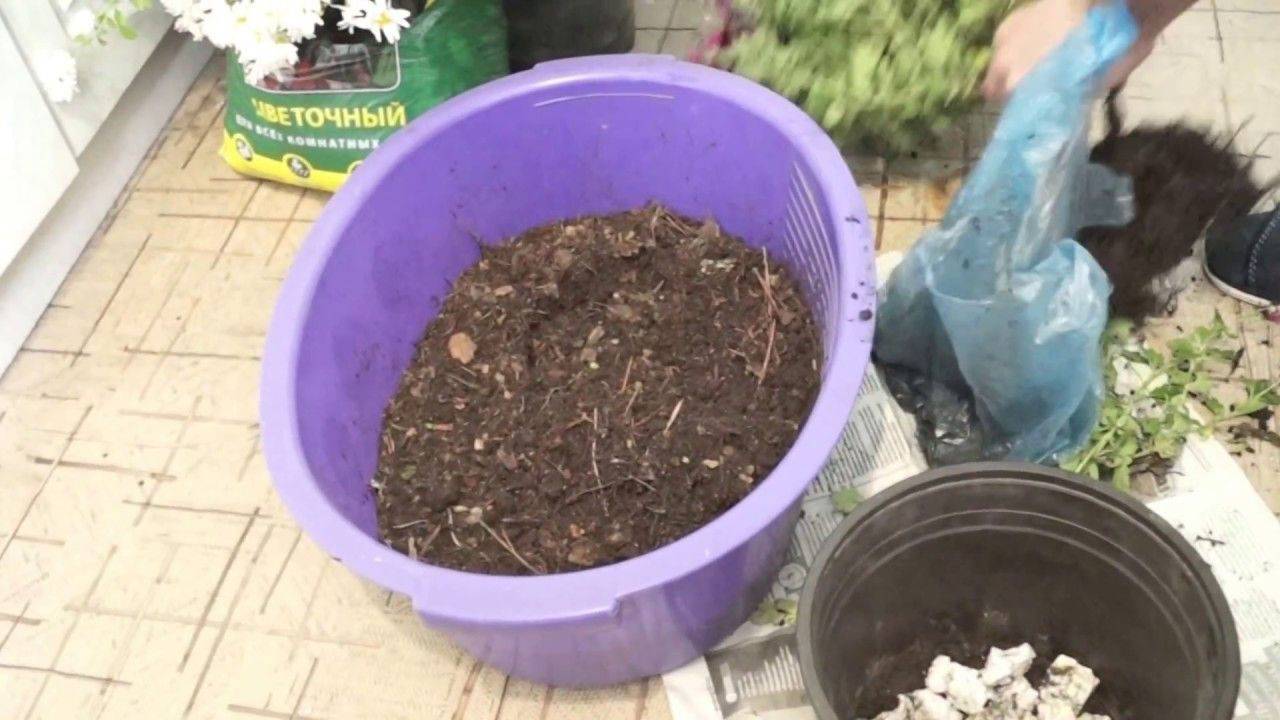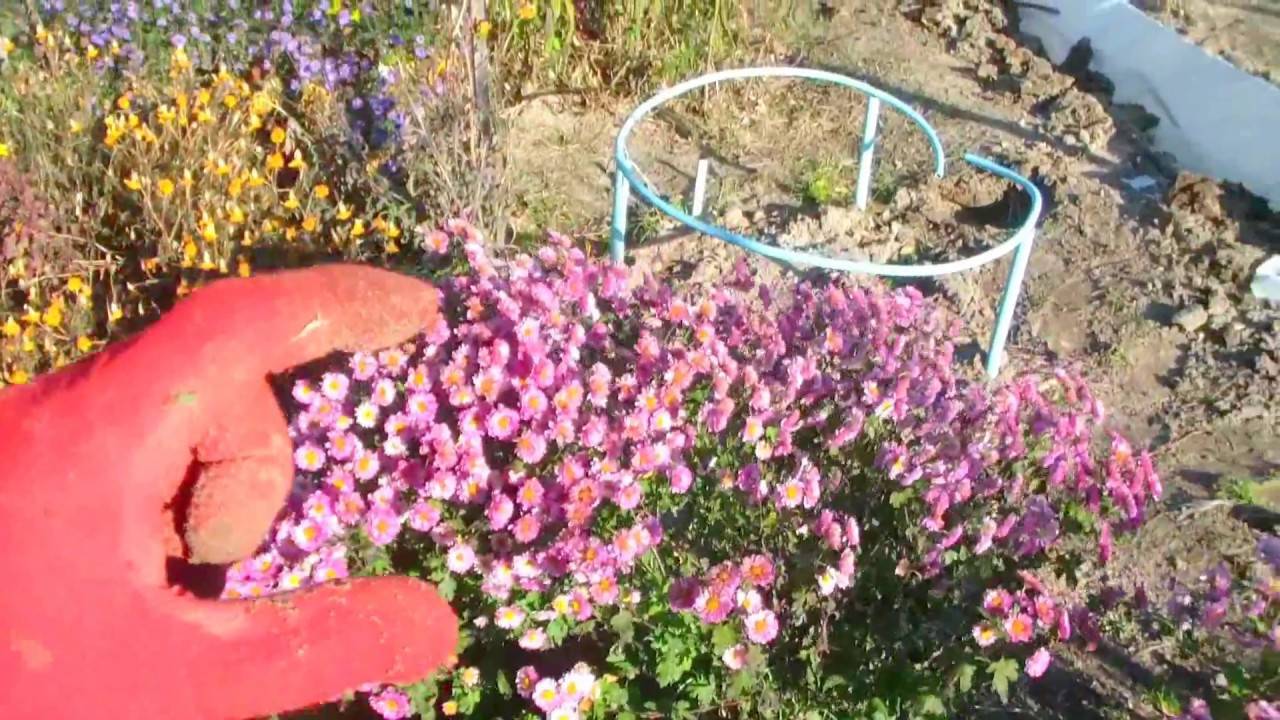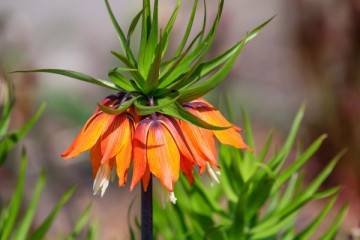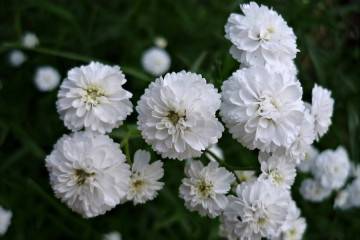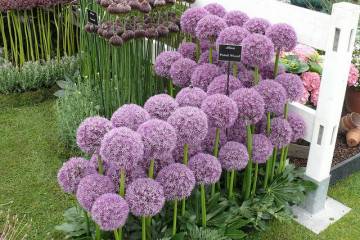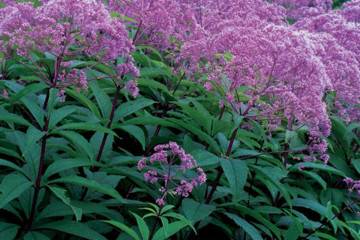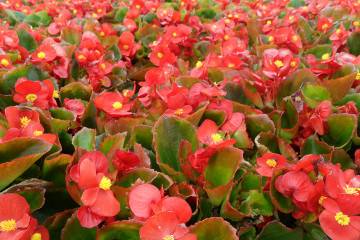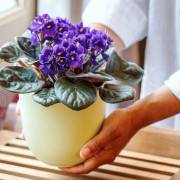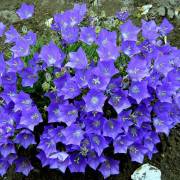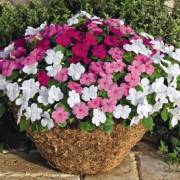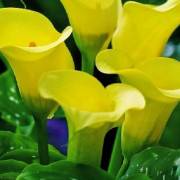Planting chrysanthemums in the open ground in spring
Content:
- Planting chrysanthemums in the open ground in spring
- Chrysanthemums after winter: when they start to grow
- Planting chrysanthemums in the open ground in spring by dividing the bush
- How to plant chrysanthemums
- Where to plant chrysanthemums
- How to feed chrysanthemums in spring for lush flowering
- Chrysanthemum care in spring
- How to fertilize chrysanthemums
Planting chrysanthemums in the open ground in spring is carried out in several stages. To do everything right, it is worth considering several nuances regarding the choice of the right time and place for the transplant. Careful grooming can ensure success. It is believed that chrysanthemum is an unpretentious type of plant, but this is completely wrong. There are several factors with regard to grooming that can greatly affect the quality of growth and flowering.
Planting chrysanthemums in the open ground in spring
Experienced flower growers recommend planting, replanting and propagating chrysanthemums in the spring. Over the summer, the plant will have time to get stronger and form a new root system. But in order to perform such an action, you need to determine exactly when to plant chrysanthemums in open ground in the spring.
This is important because a novice florist can make a mistake and perform the procedure earlier than the required time. The flower may die due to improper execution. There is no exact month and date for this. The ideal time will be warming without the threat of frost in the future. The day should be overcast so that the specimen does not fade under the burning sun.
Next, a transplant is performed in accordance with the exact algorithm:
- You need to start by choosing a suitable site. The specimen should be exposed to partial sun exposure at certain times of the day.
- Pit preparation. It is advisable to dig a hole a week before disembarkation. Make a drainage layer at the bottom and apply organic fertilizers.
- Correct removal of the sprout from the soil for transplantation to another place. It is necessary to water the flower bed to moisten the soil and easily dig out the culture, as well as preserve a partial earthen lump.
- If seedlings will be planted, it is advisable to pick the sprouts about an hour before planting in open ground.
- Water frequently. Lightly moisten the soil under the bush in the morning and evening. If it is raining, then the procedure does not need to be carried out.
- Further, a one-time feeding of the plant is carried out with various fertilizers.
To get seedlings at the right time, it is worth sowing the seeds around the beginning of February. Detailed process of sowing seeds:
- Prepare a pot with a suitable substrate for the culture.
- Sowing is done in slightly damp soil.
- Make trenches or holes no more than 1 cm deep.
- Place the seeds at a distance of 2-3 cm from each other.
- Cover the pot with plastic wrap, creating a greenhouse effect.
- Airing once a day for 10 minutes.
- Seed shoots are periodically sprayed from a spray bottle.
Chrysanthemums after winter: when they start to grow
To determine when to plant chrysanthemums, you need to know exactly the period of the onset of the growing season after the "winter sleep". Much depends on the variety, but basically the growing season is determined by approximately the same terms.
The growth of the aboveground part of the plant begins immediately after the snow melts. This means that the onset of the growing season directly depends on the temperature regime. If the winter was too cold, and there was no snow, then the growth process will come later, the flower will need a little time to recuperate.
Planting chrysanthemums in the open ground in spring by dividing the bush
Dividing the root system and stems of a plant is one of the popular cultivation methods. Thanks to simple manipulations, you can divide the bush:
- Choose a healthy specimen with large dimensions. It is better to choose 3 year old plants.
- The scheme of dividing shoots is arbitrary, but it is better if the number of new seedlings from one bush does not exceed 5 pieces.
- Dig up the shrub and remove the earthy clod from the root system. Examine the tuber carefully for pests and damaged areas. Delete those.
- Divide the cuttings into pieces. It is necessary to ensure that each cutting has a separate root.
After the carving procedure, the resulting parts are instantly planted in open ground.
How to plant chrysanthemums
Much depends on what kind of seating material is provided. Chrysanthemum can be diluted using any of three options: cuttings, dividing the bush, seedlings.
You need to plant the culture as follows:
- Prepare holes at a distance of 30-50 cm from each other. The depth of each should not exceed 40 cm. The width is determined by the size of the root system.
- Set the stalk in the middle of the pit and sprinkle with substrate. The earth must not be tamped, it must be air permeable and slightly loosened.
- Lay moss or spruce thorns on top to create a layer of mulching.
- Make a shady shelter so that the plant does not burn out in the summer sun.
- Provide irrigation, which is characterized by an average intensity of irrigation.
The rest of the conditions for the procedure are individual.
Where to plant chrysanthemums
A summer cottage or a private house is an excellent testing ground where you can embody any ideas regarding the arrangement of landscape design. Chrysanthemum can be an excellent tool.
The flower can grow in almost any area and even in pots. It is for this unpretentiousness in the choice of location that many gardeners love this culture. Options for where to place the flower bushes:
- specimens can be planted in open areas. The plant is not afraid of wind, draft, direct sunlight, but it is better to choose slightly closed areas. A lot of free space can cause the bush to collapse;
- you can not choose areas where the ground is too clayey and wet. A wetland can lead to decay of the root system and the complete death of the plant;
- an ideal option would be a small hill where there is a good drainage system.
Chrysanthemums are ideally combined with any types of plants, decorate any flower bed. Therefore, you do not need to think about combining plants in the garden.
At what distance to plant chrysanthemums
Regardless of how large the site is, you need to adhere to specific recommendations regarding how far to plant the specimens from each other. You only need to know a few facts:
- the distance between the bushes can be about 30 cm if the varieties are undersized, and more than 50 cm if there is a high aboveground part;
- the principle of arrangement of copies relative to each other is arbitrary.It can be a strip, a circle, a semicircle, any geometric figure;
- it is advisable to place specimens at a distance of more than 1.5 m from tall trees and buildings, since the plant does not like shade.
Given these recommendations, it turns out that you can plant a flower almost anywhere in the garden or flower bed.
How to feed chrysanthemums in spring for lush flowering
The plant loves soil with an average acidity. In addition, the soil should be fertile, enriched with minerals and trace elements. To provide such a basis for the root system, it is necessary to carry out the correct feeding using the appropriate fertilizers.
How to feed chrysanthemums in spring to ensure lush flowering:
- at the time of planting, it is necessary at the very beginning to fall asleep at the bottom of the pit with humus from leaves and organic components;
- a small amount of cow dung may be an alternative. It is advisable to use dry records;
- in the spring, you need to add ammonia nitrogen in liquid form. This fertilizer option will accelerate the growth and development of the shoots. The buds will have a bright color and lush shape;
- some gardeners use multiflor complex fertilizer and other options for similar means as top dressing.
Top dressing of chrysanthemums in the spring is done only 2 times, except for the initial laying of organic fertilizers.
Chrysanthemum care in spring
To understand how to grow chrysanthemums beautiful and strong, you need to organize proper care in the spring. At this time, the flower is just beginning to gain strength, so it is important to give it a good start.
- If the plant remained to winter, then first of all it is necessary to remove the shelter and insulation at the moment when the first signs of vegetation begin to appear.
- After the appearance of green leaves, you need to carefully monitor the presence of weeds inside the bush and remove them.
- In addition, it is advisable to constantly loosen the soil so that the soil is enriched with oxygen. The procedure should be carried out at least once a week, and preferably after each watering.
- Watering needs to be carried out periodically, but it is not worthwhile to overfill the culture. The irrigation regime depends on the region in which the plant grows. For example, in the Moscow region, it is enough to produce one-time watering per week.
- Apply fertilizers according to the previously indicated schedule for the development of the aboveground part. If there are enough minerals, then the culture can bloom in the first year after changing the place of growth.
- In the last month of spring, you can do a small pruning - remove the extreme shoots that begin to fall to the ground.
Some care (with special conditions) is required for individual crop varieties that are bred selectively and are not too adapted to negative external factors. When all conditions are perfect, abundant flowering can be achieved.
How to fertilize chrysanthemums
The flower needs to be constantly fed, since a lot of forces and substances are spent on maintaining the vital activity of a large above-ground part. Additionally, chrysanthemum blooms magnificently for a long period. Therefore, without fertilization, the plant will stop growing and blooming.
How to fertilize chrysanthemums for normal development in the summer and autumn periods:
- in summer, the bush increases significantly in size and prepares for flowering. You need to use fertilizers with a lot of potassium. Nitrogen should be present in smaller quantities;
- in the autumn period, colossal changes are made in the composition of excipients. It is necessary to completely remove nitrogen, and add phosphorus to potassium;
- during the flowering period, you need to leave potassium and phosphorus, organic matter in small quantities will not be superfluous. But potassium must necessarily be sulphate.
Such fertilizers can be prepared independently or bought ready-made, from this factor the principle of action of the substances will not change. It is important to monitor the feeding regime so that the process is balanced and timely.
It is easy and simple to transplant, breed and grow chrysanthemums if you know a few nuances of these procedures. It is advisable to remember one thing that it is better to transplant only in the spring, since in the autumn period there may be problems with the development and rooting of the bush. If everything is done correctly and on time, then flowering can be observed already in the first year after planting.
